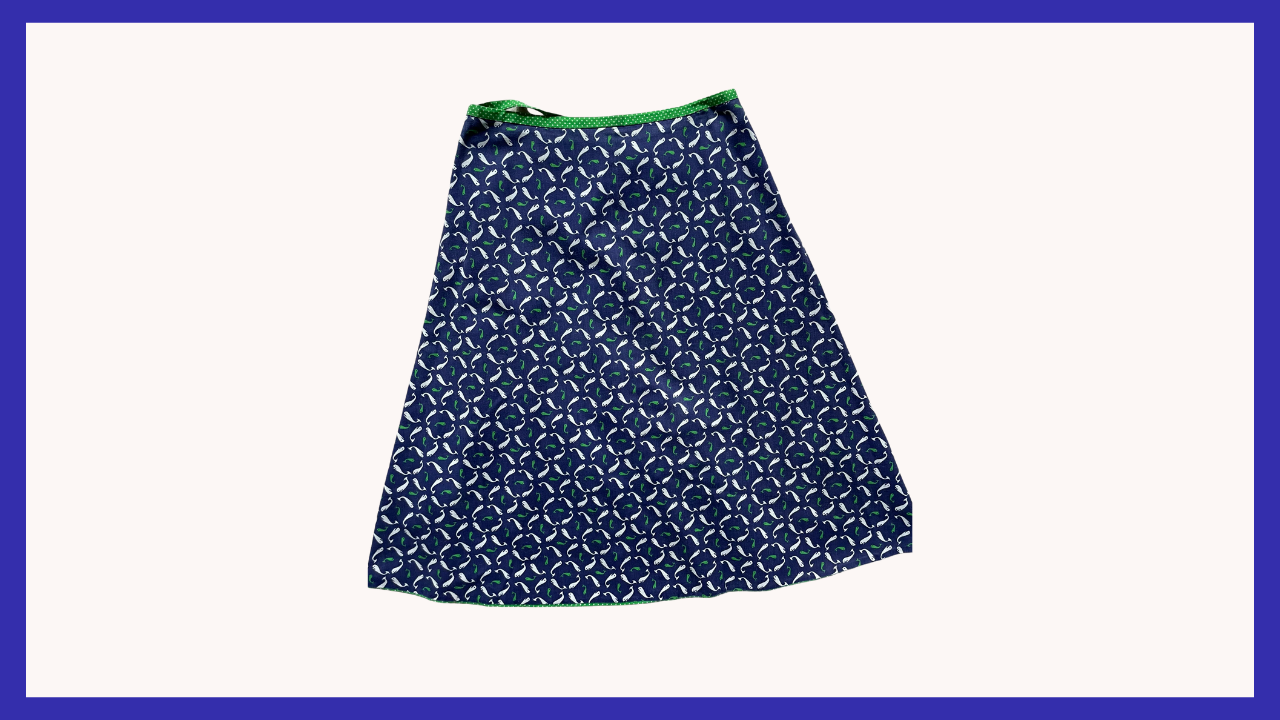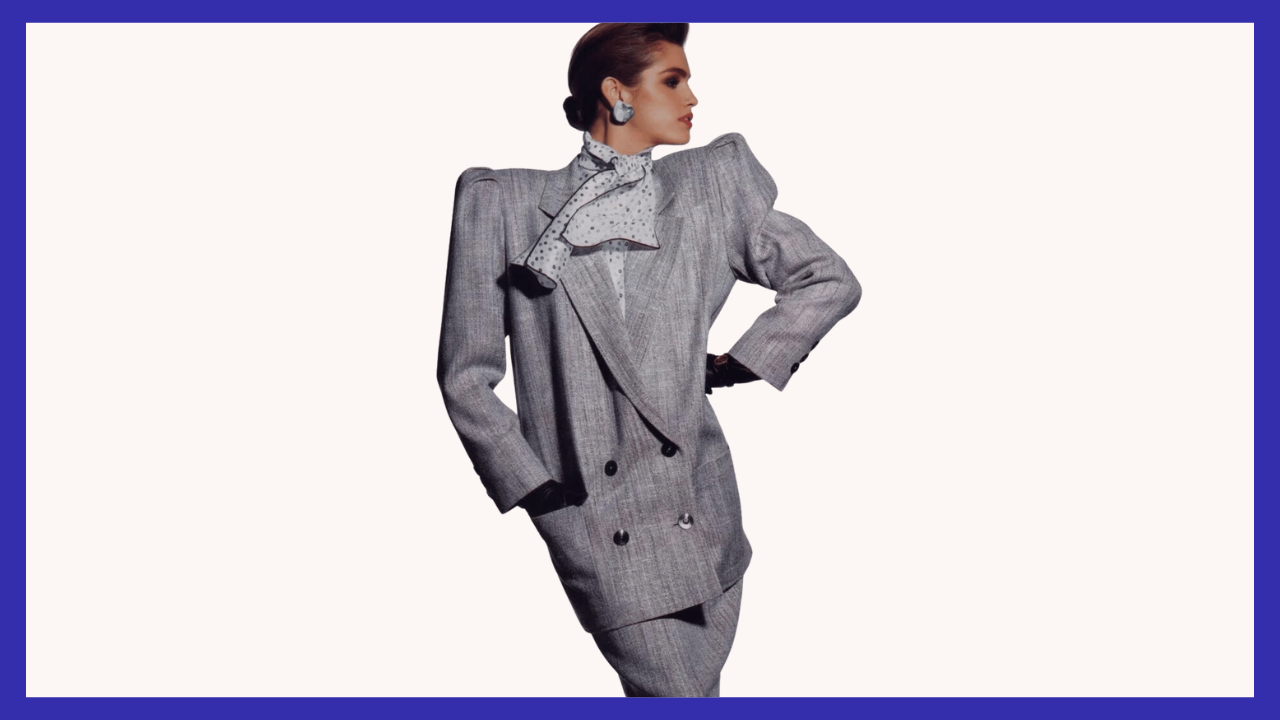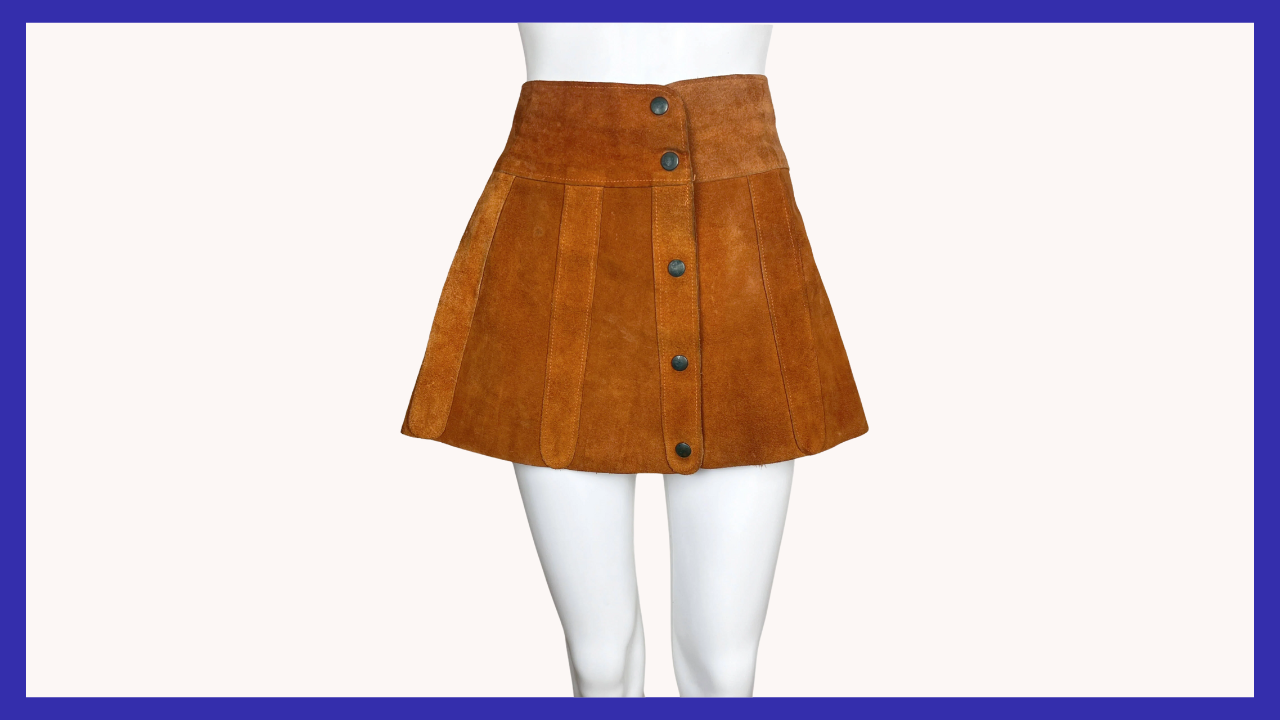AllVintageStyles
The Ultimate Vintage Fashion Encyclopedia
Wrap Skirt

Adjustable skirt that wraps around the waist and ties for closure, celebrating practical femininity through adaptable construction and comfortable elegance.
Quick Facts
- Era: 1970s (peak popularity 1970s-1980s)
- Origin: Global (traditional dress influences, 1970s Western fashion adoption)
- Garment Type: Versatile skirt with adjustable wrap construction
- Key Identifiers: Wrap-around design, tie closure, adjustable fit, overlap construction
- Typical Resale Price: $35-$220 (authentic vintage pieces)
- Best For: Versatile wardrobe builders, wrap style enthusiasts, adjustable fit seekers
History & Evolution
Wrap skirts emerged from practical clothing traditions across various cultures where adjustable garments provided comfortable, adaptable clothing for diverse body types and activities. The wrap construction offered versatility through tie closures that accommodated size fluctuations and provided ease of movement for daily activities. Traditional versions demonstrated practical wisdom in clothing design, creating garments that prioritized functionality and comfort over complex tailoring requirements.
The 1970s established wrap skirts as essential casual wear when designers like Diane von Furstenberg popularized wrap construction as sophisticated solutions for modern women seeking versatile, comfortable clothing. The style became associated with practical femininity, working women's needs, and liberated fashion choices, appealing to women seeking alternatives to restrictive fitted garments. The wrap skirt represented successful integration of comfort with elegance, providing professional and casual styling options through simple construction.
The late 1970s and early 1980s saw wrap construction influence both casual and professional fashion while maintaining connections to practical dressing and women's liberation values. The style survived fashion changes through its inherent versatility and timeless appeal. Contemporary fashion continues wrap traditions with modern fabrics and prints, but vintage pieces offer superior natural fabric quality and authentic construction that reflects original practical design intentions and 1970s liberation fashion philosophy.
Authentication Tips
Authentic 1970s-1980s Features:
- Natural fiber construction including cotton, silk, or rayon with proper drape for wrap styling
- Functional tie construction with substantial ties capable of secure closure and proper wrap function
- Quality pattern cutting with appropriate overlap and authentic wrap proportions
- Period-appropriate prints including geometric patterns, florals, or solid colors typical of 1970s fashion
- Designer or quality fashion labels with authentic wrap garment manufacturing
Common Reproductions/Modern Pieces:
- Synthetic fabrics or polyester blends lacking authentic natural fiber drape and wrap characteristics
- Simplified tie construction without proper length or substantial construction for secure wrapping
- Poor pattern cutting with inadequate overlap or inappropriate proportions for authentic wrap function
- Contemporary prints or color combinations not available during vintage wrap fashion periods
- Generic fashion labels without connection to authentic wrap garment or 1970s fashion heritage
Styling & Use Cases
- Best for versatile dressing: Pair with various tops for multiple looks from casual to professional styling options
- Ideal for comfort seekers: Combine with fitted blouses and sandals for adjustable, comfortable warm-weather presentation
- Perfect for travel wardrobes: Layer with different accessories to create diverse outfits from single versatile piece
Modern styling tips:
- Embrace the skirt's adjustable nature by experimenting with different wrap tightness for varied silhouettes
- Choose fitted tops that complement the wrap construction without competing for visual attention
- Layer with contemporary pieces while maintaining the skirt's practical, versatile character and comfortable heritage
FAQ
Q: How can I tell if a wrap skirt is authentic vintage construction?
A: Check for natural fiber construction with proper wrap drape, functional tie construction with substantial ties, quality pattern cutting with appropriate overlap, period-appropriate prints typical of 1970s fashion, and designer or quality fashion labels with authentic wrap garment heritage.
Q: What's the typical price range for vintage wrap skirts?
A: Authentic vintage wrap skirts range from $35-220 depending on designer label, fabric quality, and condition. Diane von Furstenberg pieces or exceptional silk examples command higher prices among wrap fashion and 1970s style collectors.
Q: How should I care for a vintage wrap skirt?
A: Hand wash silk pieces in cold water with gentle detergent, machine wash cotton versions on gentle cycle, air dry to preserve wrap shape and tie functionality, and store carefully to prevent wrinkles and maintain proper wrap construction.
Q: What makes vintage wrap skirts valuable to collectors?
A: Superior natural fiber quality representing authentic wrap garment construction, cultural significance in 1970s women's liberation and practical fashion movements, quality construction techniques reflecting sophisticated wrap design principles, and documentation of versatile fashion that prioritized comfort and adaptability over restrictive clothing during women's fashion liberation and practical dressing revolution.
📷: The Barn Owl Vintage Goods



